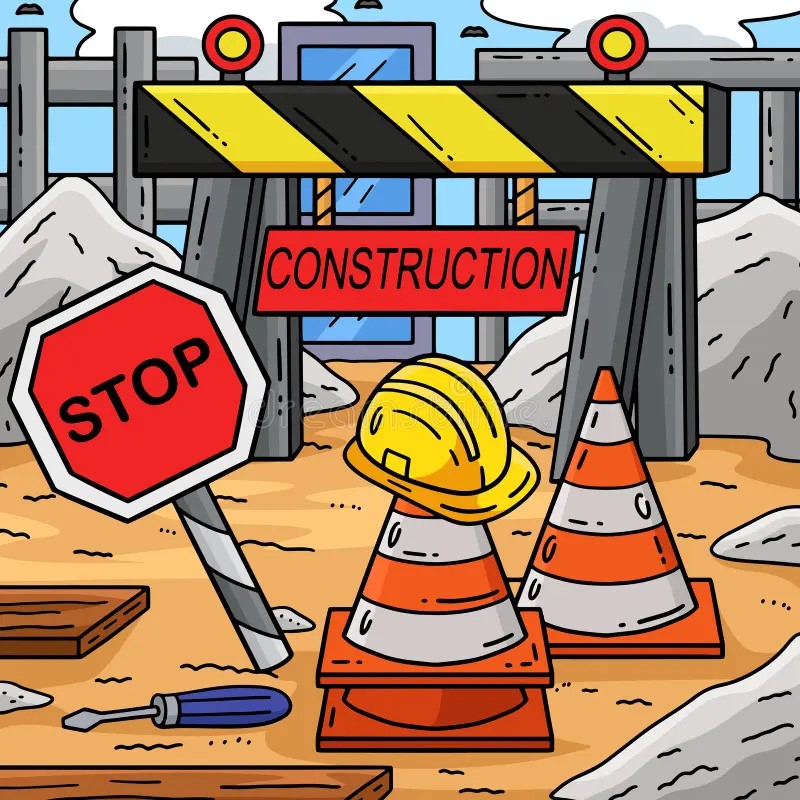
Construction Safety
A Construction Safety course typically covers key aspects of maintaining a safe work environment on construction sites. The course content often includes the following topics:
Introduction to Construction Safety: Overview of the importance of safety regulations and practices.
Hazard Identification: Recognizing common construction hazards, such as falls, electrical risks, and exposure to hazardous materials.
Personal Protective Equipment (PPE): Proper use of helmets, gloves, safety harnesses, and other protective gear.
Tool and Machinery Safety: Safe operation and maintenance of tools, heavy equipment, and machinery.
Fall Protection: Techniques and equipment to prevent falls from heights, such as scaffolds and ladders.
Fire Safety: Prevention, handling, and evacuation procedures in case of fire.
Electrical Safety: Understanding electrical hazards and how to work safely around electrical systems.
Confined Spaces: Safety practices when working in limited spaces where movement and ventilation are restricted.
Emergency Procedures: First aid, emergency response, and evacuation planning.
Safety Legislation and Regulations: Overview of OSHA (Occupational Safety and Health Administration) standards and other relevant laws.

Benefits
A Construction Safety course equips workers with essential knowledge and skills to identify and mitigate workplace hazards, ensuring a safer environment. It educates workers on proper use of protective equipment, safe handling of tools and machinery, and awareness of potential risks like falls or electrical hazards. This training reduces accidents, injuries, and legal liabilities, promoting a culture of safety and compliance with regulations. Workers become more confident and productive, knowing how to protect themselves and their colleagues, leading to fewer disruptions and enhanced overall efficiency on construction sites.
.png)



